Come to Yunnan for a tour of cultural heritages
The second Saturday of June each year is the "Cultural and Natural Heritage Day" in China. This year, Yunnan’s events on the heritage day are themed around cultural inheritance and healthy life.

Fusing heritages into tourism presents theircultural value, while injecting more vitality into the tourism industry.
Intangible heritages refer to various cultural expressions handed down from generation to generation by all ethnic groups, as well as the objects and places related to their traditional culture.
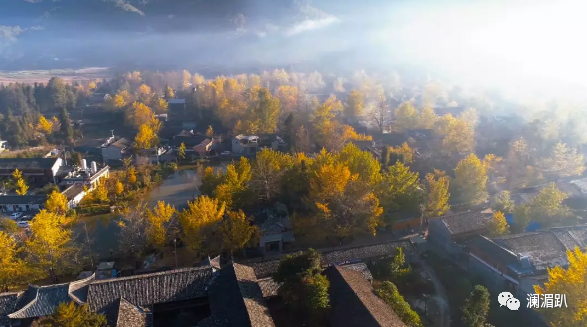

They can be oral literature, fine arts, calligraphy, etiquettes, festivals, folk customs and more. As of September 2019, China has 40 items listed in the UNESCO Intangible Cultural Heritage List, ranking first in the world.
Today, we’d like to share with you the typical cultural heritages in Yunnan, which are now seen as part of local tourism.
Inheritors of Dage keep on learning
The Dage collective dance is traditionally a highly popular art in Weishan Yi and Hui Autonomous County, west Yunnan.

Most of the local Yi people can perform Dage, and wherever there is a group, the dance happens.
In June 2008, Dage was included in China's intangible heritage list for cultural protection.
"More and more tourists are getting to know the cultural heritage. This means the inheritors should keep on learning to refine their skills and try their best to carry forward this intangible heritage," said Zi Rumin, a provincial Dage inheritor.
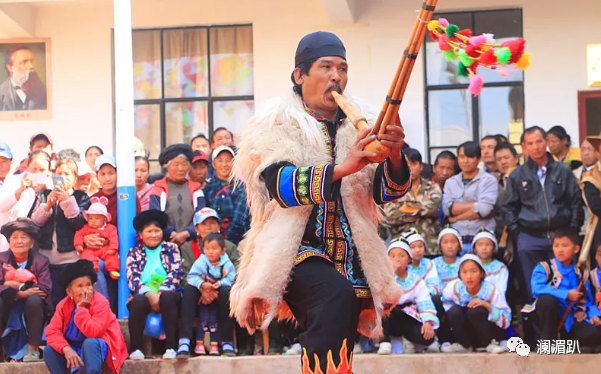
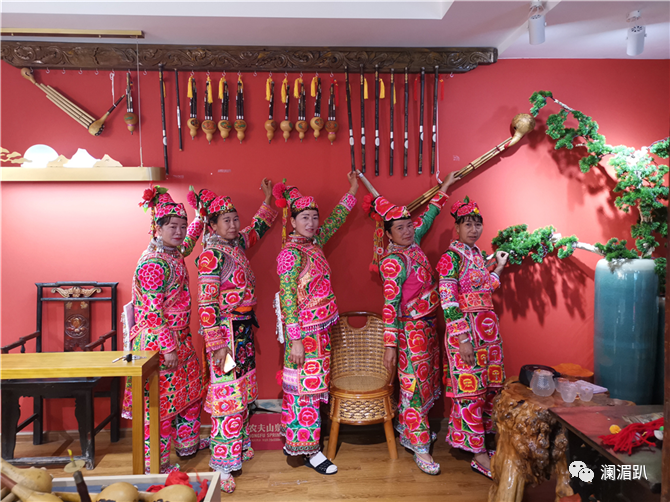
More possibilities in Dai paper-making
Originating in the Manzhao village of Menghui town in south Yunnan’s Xishuangbanna, Dai paper-making is an oldest papermaking that is still living in China.

The Dai paper is firm, waterproof, anticorrosion, and free from mosquito bites, and the century craft is an essential part of the Dai culture.
In 2006, the papermaking was listed on the list of national intangible heritages.
To explore new ways to inherit the Dai paper, Li Jinyuan, manager of a local art museum, tries to offer more cultural experiences to visitors.
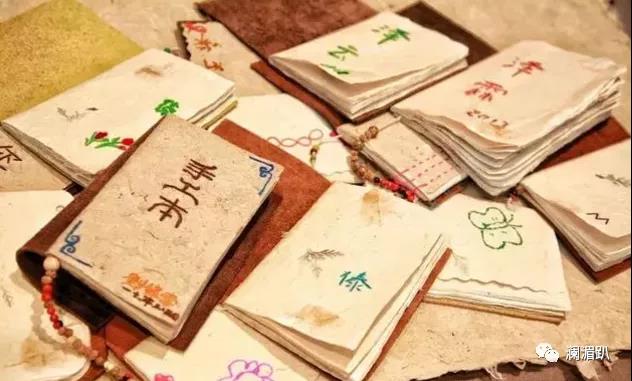
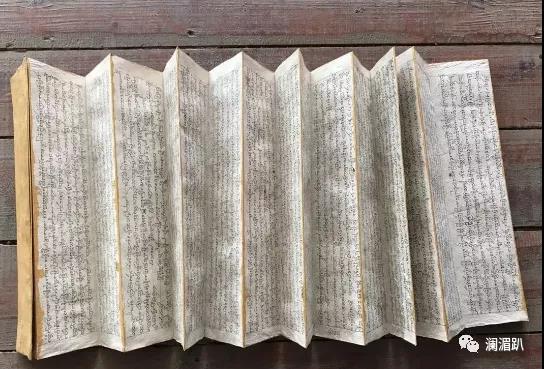
"I’ll hold a Manzhao art festival, so that paper lovers and painters all over the world can come here for art creation. In the clashes and crashes, more possibilities will be created for inheriting cultural heritages."
Yongzi activities to invite in visitors
The Yongzi go-piece is born in southwest Yunnan’s Baoshan, with a 1,200-year history. In June 2008, the go-game was listed as a national cultural heritage in China.
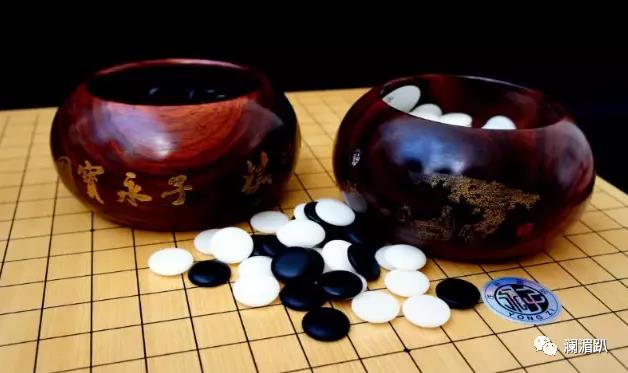
"The Yongzi plant welcomes 1 million visitors every year, and various activities are held for tourists’ needs in games, catering, lodging and entertainment," said Tao Xiaochang, chairman of the Yongzi company.
"Centering around the Yongzi heritage, the activities have made the go-piece better known, stepping up the integration of culture, sports and tourism."
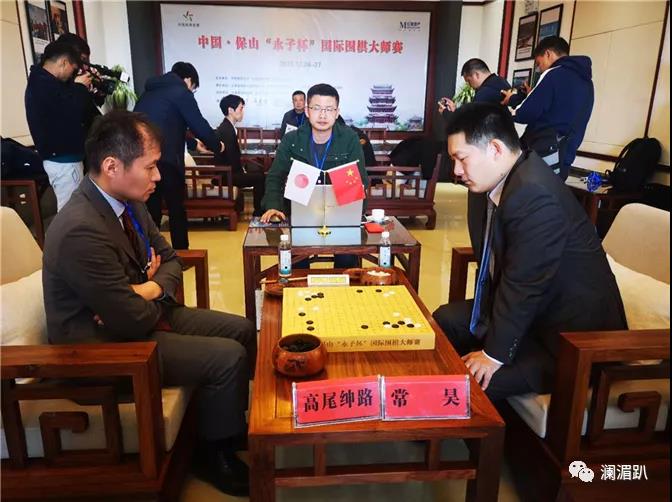

Laojun mountain offers cultural experience
The Laojun Mountain in Lijiang is part of the world-renowned natural wonder of the “three parallel rivers” of Jinsha, Lancang and Nujiang.
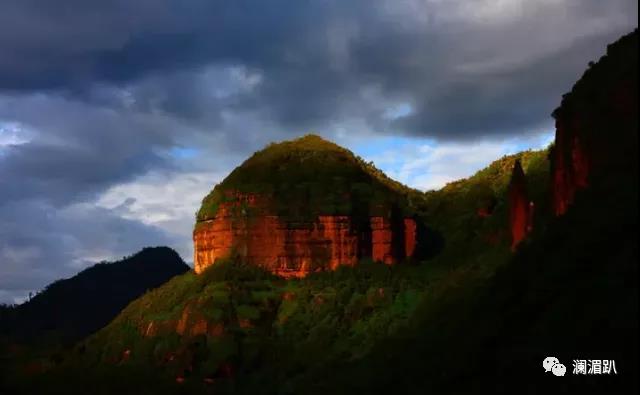
While protecting the Laojun ecology, the Liming scenic area tries to add ethnic cultural elements to tourist products.
Mu Lijuan, head of the Laojun national park, said the Lisu dancing is popular among tourists, and other shows and activities are launched in series.


Home to the ethnic groups of Yi, Bai, Pumi, Naxi and others, the park will further dig ethnic cultural resources, putting together festival activities, scenic beauty and heritage experiences for tourists.
Dongba valley makes tourism meaningful
Mirroring the 1,000-year Dongba culture, or the Naxi ancient culture, the valley is located at the foot of Yulong Snow Mountain.
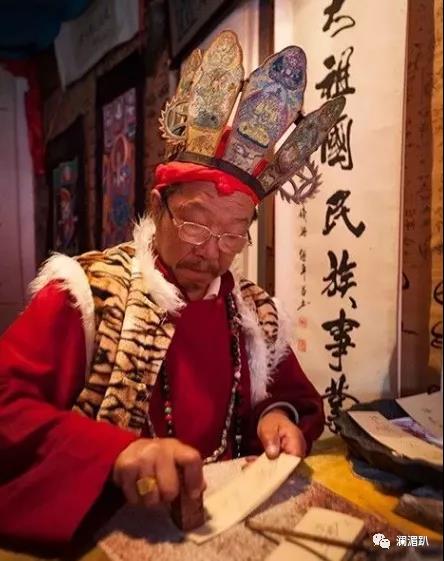
Here, Naxi courtyards are home to the ancient Dongba hieroglyphs, records of the mysterious Dongba culture. The Dongba script is the only living hieroglyph in the world.
Now the Dongba Valley is planning outdoor sports events for adults and primary/secondary students.
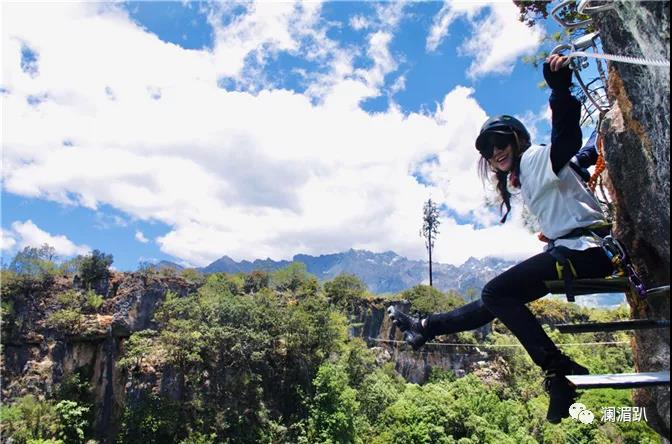
"We hope to broaden our business scope by adding cultural elements into sightseeing, exploration, leisure and sports. We aim to achieve a diversified development." Liu Guowu, head of the campsite at Dongba Valley, said.
More opinions
Chinese cultural heritages involve medicine, athletics, delicacies, costumes and others, so they are actually very close to our daily life. We hope to build a museum to better show Yunnan's rich intangible cultural heritages, so that everyone can see various heritages and inheritors.
--- Yin Jiayu, head of the Yunnan Center for Intangible Cultural Heritage Protection
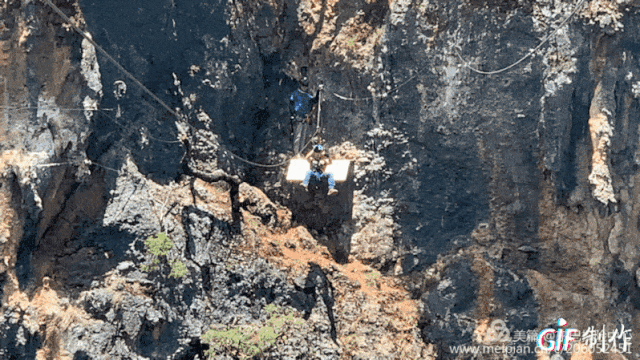
In fusing culture into tourism, the design of heritage derivatives is a new path for development.
---Pan Hongyi, vice president of the Art School of Lijiang Teacher's College
By Gateway reporters